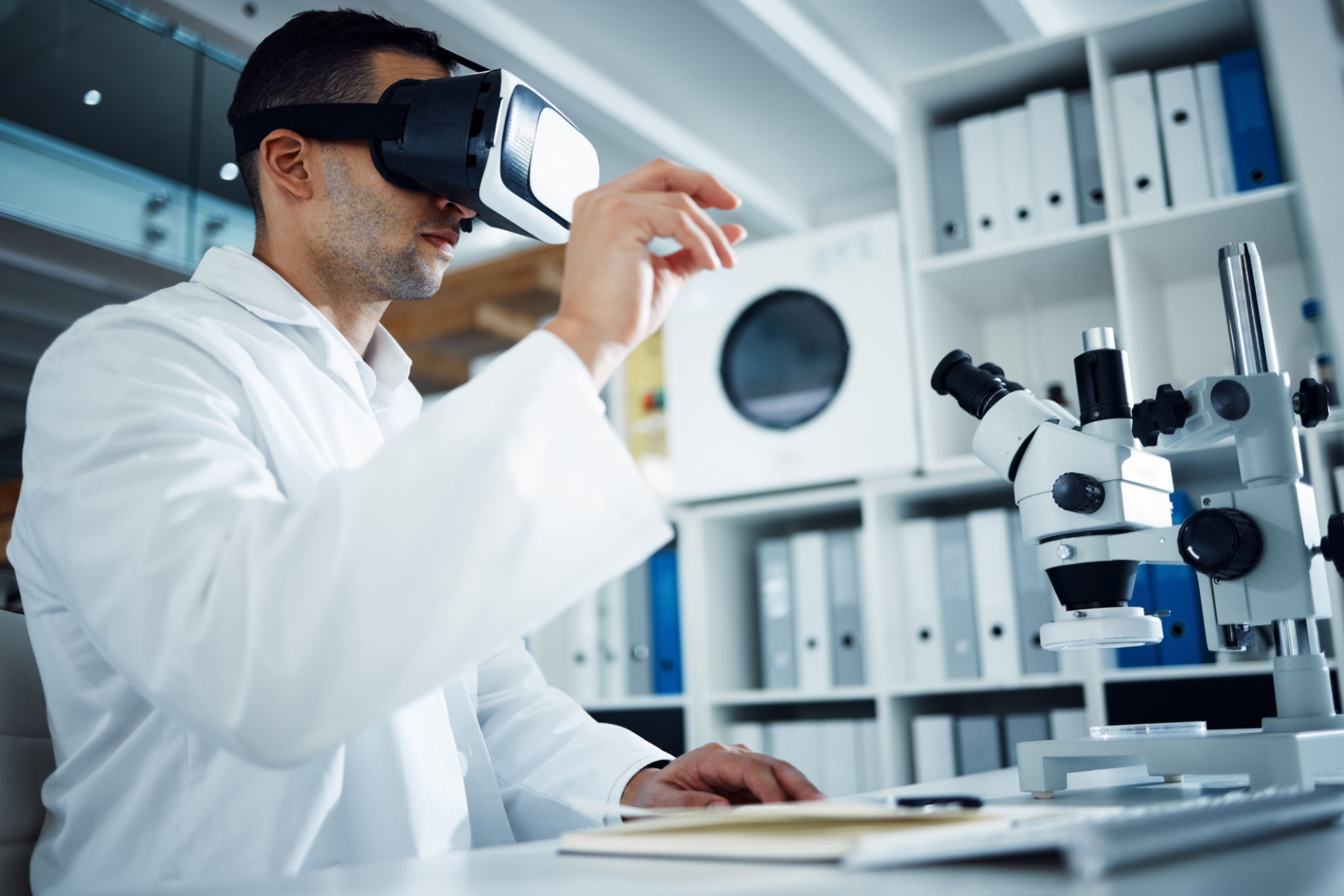Embracing Innovation: The Future of Rehabilitation Technology
VN
Introduction to Rehabilitation Technology
In recent years, rehabilitation technology has seen significant advancements, offering transformative solutions for those in need of physical and cognitive rehabilitation. From robotic exoskeletons to virtual reality therapy, these innovations are reshaping the landscape of recovery, enhancing the quality of life for many.

The Role of Robotics in Rehabilitation
Robotic technology is playing a pivotal role in rehabilitation by providing precise, repeatable movements that are essential for recovery. These devices are designed to assist patients with mobility challenges, helping them regain strength and function through guided exercises. The introduction of intelligent robotics is particularly beneficial for stroke survivors and individuals with spinal cord injuries.
Robotic exoskeletons, for example, enable patients to perform movements they might not be able to achieve independently. This not only aids in muscle recovery but also boosts morale by allowing individuals to experience walking again.
Virtual Reality: A New Dimension in Therapy
Virtual reality (VR) has emerged as a groundbreaking tool in rehabilitation, offering immersive environments that motivate and engage patients. By simulating real-world scenarios, VR helps users practice daily tasks in a controlled setting, enhancing their cognitive and motor skills.

Furthermore, VR therapy is highly customizable, allowing therapists to tailor sessions to meet individual needs. This adaptability increases the effectiveness of rehabilitation programs, making recovery more efficient and enjoyable.
Wearable Technology and Its Benefits
Wearable technology is another frontier in rehabilitation, providing real-time data that can be used to track progress and adjust treatment plans. These devices monitor vital signs and activity levels, giving both patients and healthcare providers valuable insights into the rehabilitation process.
Some popular wearables include smartwatches and fitness trackers that monitor heart rate, movement, and even sleep patterns. This information helps in creating comprehensive care plans that address the unique needs of each patient.

Telehealth: Bridging the Gap
Telehealth services have become increasingly important in making rehabilitation accessible to a broader population. By offering remote consultations and therapy sessions, telehealth bridges the gap between patients and healthcare providers, particularly in rural or underserved areas.
This approach not only reduces travel time and costs but also ensures continuity of care, allowing patients to maintain their rehabilitation routine without interruption. Telehealth platforms often incorporate video conferencing, digital assessments, and online resources to support recovery.
The Impact of Artificial Intelligence
Artificial intelligence (AI) is revolutionizing rehabilitation by offering personalized treatment plans based on predictive analytics. AI systems analyze vast amounts of data to identify patterns and suggest interventions that are most likely to succeed for individual patients.
Moreover, AI-driven software assists therapists in monitoring patient progress and adjusting therapy plans in real-time. This dynamic approach optimizes rehabilitation outcomes by ensuring that interventions are both timely and effective.

Challenges and Considerations
While the future of rehabilitation technology is promising, it is not without challenges. Issues such as accessibility, cost, and training need to be addressed to ensure these innovations reach those who need them most. Additionally, ethical considerations regarding data privacy and security must be taken into account as digital solutions continue to evolve.
Collaboration between technologists, healthcare professionals, and policymakers will be crucial in overcoming these obstacles and maximizing the benefits of rehabilitation technology.
Conclusion: A Path Forward
The integration of cutting-edge technologies into rehabilitation practices marks a significant step forward in healthcare. As we continue to innovate and embrace new tools, the potential for improving patient outcomes grows exponentially. By focusing on accessibility, personalized care, and continuous improvement, we can pave the way for a future where everyone has the opportunity to recover fully and lead fulfilling lives.

